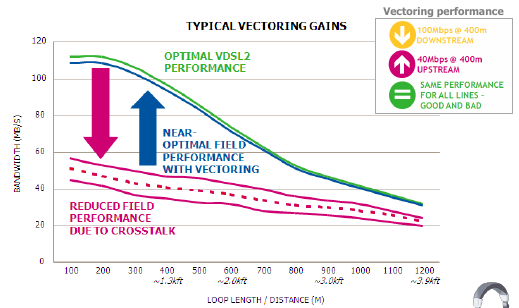 VL-90
April 2014
VL-90
April 2014
 VL-90
April 2014
VL-90
April 2014

 |
Creative Network Solutions |
3800 Concorde Parkway,
Suite 1500, Chantilly, Virginia 20151 USA
Ph: +1.703.242.8381 Fx:
+1.703.242.8391
www.Flanagan-Consulting.com
Flanagan
Consulting is a Service Mark of W. A. Flanagan, Inc.
"Beware of
false knowledge; it is more dangerous than ignorance."
--George Bernard Shaw